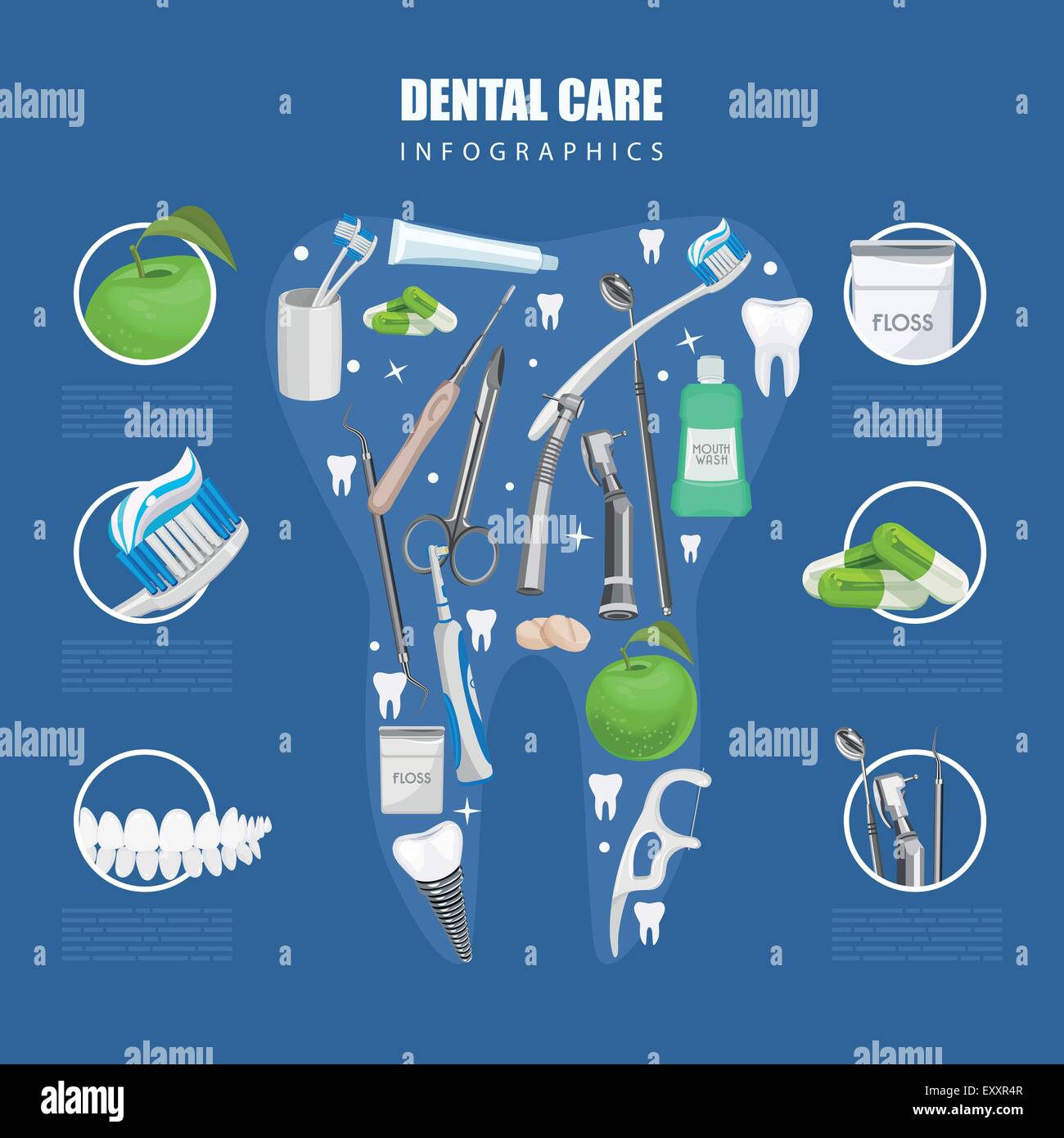The Development Of Dental Surgery: Arising Technologies And Advancements Transforming The Technique
The Development Of Dental Surgery: Arising Technologies And Advancements Transforming The Technique
Blog Article
Created By-Johannsen Jefferson
Invite to the globe of oral surgery, where advancements and advances are shaping the future of the area! In this interesting world, you'll witness the transformative power of robotics, the cutting-edge marvel of 3D printing, and the game-changing effect of minimally intrusive techniques.
The future of dental surgery holds a guarantee of accuracy, performance, and improved patient results. With the help of sophisticated robotics, surgeons are able to perform complicated procedures with greater accuracy and control.
3D printing technology is revolutionizing the production of dental implants and prosthetics, supplying tailored options that fit seamlessly right into each person's unique makeup.
Additionally, minimally invasive strategies are decreasing post-operative discomfort and recuperation time, enabling people to go back to their daily lives quicker.
Prepare yourself to explore the amazing technologies and breakthroughs that are improving the landscape of oral surgery!
Developments in Robotics
One significant advancement in dental surgery is the use of robot technology, which permits accurate and effective surgical procedures. With best periodontist austin of robotic systems, dental cosmetic surgeons have the capacity to execute intricate surgeries with boosted precision, minimizing the threat of human mistake.
These robot systems are furnished with advanced imaging modern technology and accurate instruments that enable doctors to browse via detailed physiological structures effortlessly. By using robotic innovation, surgeons can accomplish better surgical precision, leading to boosted person outcomes and faster healing times.
On top of that, using robotics in dental surgery allows for minimally invasive procedures, reducing the injury to surrounding cells and promoting faster recovery.
3D Printing in Dental Surgery
To improve the field of dental surgery, you can check out the subtopic of 3D printing in oral surgery. This innovative innovation has the prospective to reinvent the method oral doctors operate and treat individuals. Right here are four vital methods which 3D printing is forming the field:
- ** Personalized Surgical Guides **: 3D printing allows for the development of very exact and patient-specific surgical guides, boosting the accuracy and effectiveness of treatments.
- ** Implant Prosthetics **: With 3D printing, oral cosmetic surgeons can develop customized implant prosthetics that flawlessly fit an individual's special anatomy, causing much better outcomes and person fulfillment.
- ** Bone Grafting **: 3D printing enables the production of patient-specific bone grafts, reducing the need for traditional implanting techniques and enhancing healing and recuperation time.
- ** Education and learning and Training **: 3D printing can be used to create practical medical designs for academic functions, permitting dental specialists to practice complicated procedures before doing them on people.
With its prospective to boost accuracy, modification, and training, 3D printing is an interesting advancement in the field of dental surgery.
Minimally Invasive Methods
To even more advance the field of oral surgery, welcome the capacity of minimally invasive methods that can greatly benefit both surgeons and clients alike.
Minimally intrusive methods are reinventing the field by reducing medical trauma, reducing post-operative pain, and speeding up the recovery procedure. These techniques include using smaller incisions and specialized tools to carry out treatments with accuracy and efficiency.
By making use of advanced imaging modern technology, such as cone beam of light calculated tomography (CBCT), specialists can accurately intend and carry out surgical treatments with marginal invasiveness.
Furthermore, making use of lasers in dental surgery allows for specific cells cutting and coagulation, causing minimized blood loss and reduced healing time.
With minimally invasive methods, people can experience much faster recuperation, reduced scarring, and improved results, making it an important facet of the future of dental surgery.
Verdict
So, as you can see, the future of dental surgery is extremely promising, with exciting innovations and breakthroughs forming the field.
From the developments in robotics to using 3D printing and minimally invasive techniques, oral doctors are transforming the method they provide treatment.
While some might stress over the possible expense related to these improvements, it's important to remember that these innovations eventually boost patient outcomes and lower recuperation time, making them well worth the investment in the long run.
